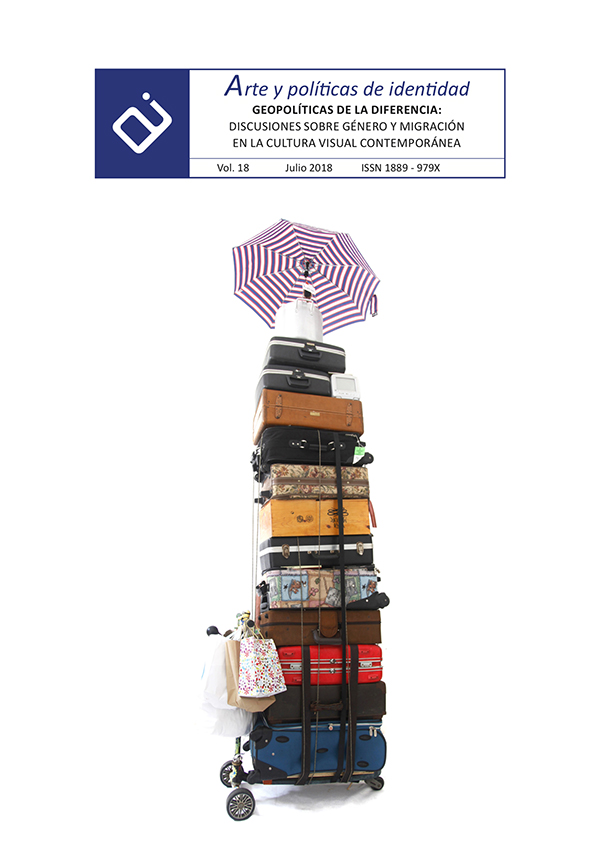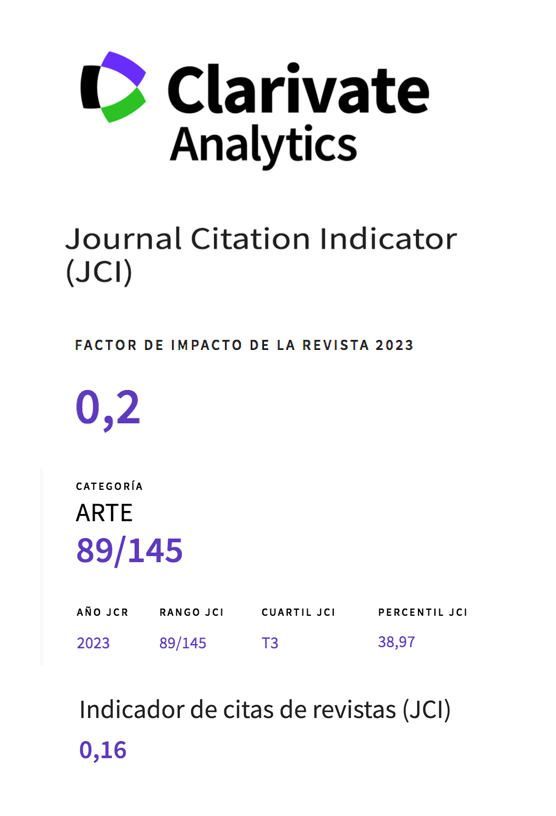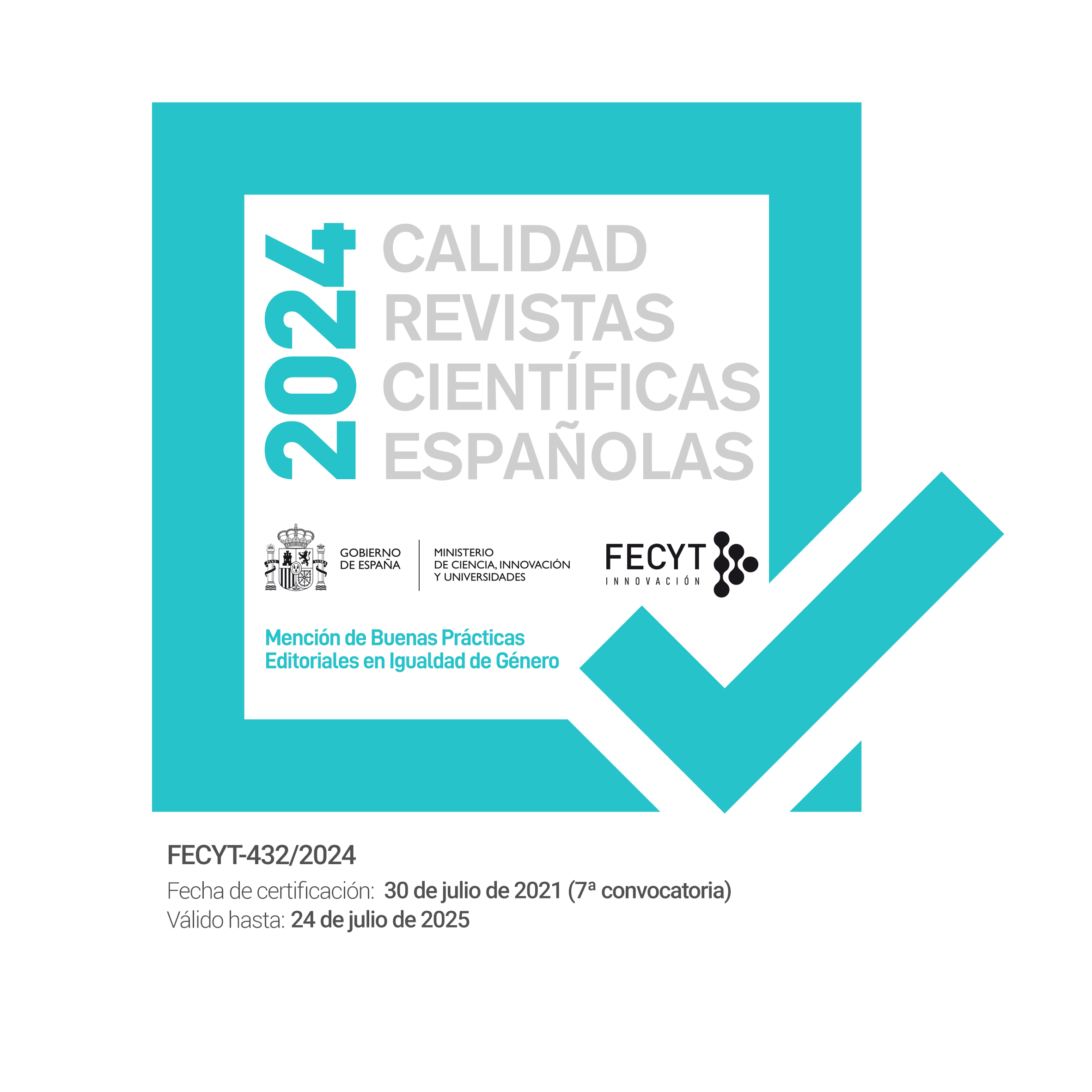Oppression and Resistances from the (TV) Margins
the Case of 3% (Netflix, 2016)
Abstract
This research explores the TV series 3%, the first one in being produced in Brazil, which is a dystopian thriller series where the population of the Continente survives between poverty and violence, whereas people from Mar Alto live an apparent technologic dream. A privileged life which can only be reached by the 3% of the participants of a selection process, in which twenty-years old habitants of the Continente have to complete a series of test to achieve The Other Side. In essence, a interesting production due to its thematic focus and because this narrative belongs to a non hegemonic country. Thus, using Qualitative Content Analysis and the intersectionality, this research enters into this production to understand how symbolic violence and resistances are built using these dimensions: characters and environments. In conclusion, 3% is an interesting systemic critique of the geopolitics which brings the existing inequalities into the centre of the plot, away from other hegemonic gazes.
Downloads
References
Aguado-Peláez, Delicia (2016a). Los cuerpos como cartografías de resistencias: Análisis interseccional de Sense8. Arte y Políticas de Identidad, 15, 39-58. Recuperado de: http://revistas.um.es/api/article/view/284401
Aguado-Peláez, Delicia (2016b). Cuando el miedo invade la ficción. Análisis de Perdidos (Lost, ABC, 2004-2010) y de otros Quality Dramas de la era Post 11S. Leioa: Universidad del País Vasco. Recuperado de: https://addi.ehu.es/handle/10810/17613
Aguado-Peláez, Delicia (2017a). El viaje de la (anti)heroína contra la violencia machista. En Alfonso Maximiliano Rodríguez de Austria Giménez de Aragón (coord.). Superhéroes y vigilantes: ideologías tras la máscara (pp. 145-168). Sevilla: Doble J.
Aguado-Peláez, Delicia (2017b). Feminicidios con perspectiva de género. Un análisis interseccional de The Fall (La Caza). Investigaciones Feministas, 8(1). Recuperado de: http://revistas.ucm.es/index.php/INFE/article/view/54868
Aguado-Peláez, Delicia y Martínez-García, Patricia (2015). White is the New Black: Entretejiendo ejes de discriminación en Orange is the New Black. Index.comunicación, 2(6), 181-202. Recuperado de: http://journals.sfu.ca/indexcomunicacion/index.php/indexcomunicacion/article/view/239/210
Aguado-Peláez, Delicia y Martínez-García, Patricia (2016). Otro arquetipo femenino es posible: Interseccionalidad en Orange is the New Black. Mhcj, Miguel Hernández Communication Journal, 6,261-280.
Berggruen, Nicolas y Gardels, Nathan (2013). El constitucionalismo democrático liberal y la meritocracia: Posibiliadades híbridas. En Gobernanza inteligente para el siglo XXI. Una vía intermedia entre Occidente y Oriente. Madrid: Taurus.
Bourdieu, Pierre (1996). Sobre la televisión. Barcelona: Anagrama
Collins, Patricia Hill (1990). Black Feminist Thought. Knowledge, consciousness and the politics of empowerment. London: Routledge.
Collins, Patricia Hill (2009). Another Kind of Public Education: Race, Schools, the Media and Democratic Possibilities. Boston: Beacon Press.
Collins, Patricia Hill (2017). La diferencia que crea el poder: interseccionalidad y profundización democrática. Investigaciones Feministas, 8(1). Recuperado de: http://revistas.ucm.es/index.php/INFE/article/view/54888/51188
Collins, Patricia Hill y Bilge, Sirma (2016). Intersectionality. Key concepts. Cambridge: Polity Press.
Crenshaw, Kimberle (1989). Demarginalizing the intersection of race and sex. A black feminist critique of antidiscrimination doctrine, feminist theory and antiracist politics. University of Chicago Legal Forum, 1, 139-167. Recuperado de: https://chicagounbound.uchicago.edu/uclf/vol1989/iss1/8/
De Moraes, Gabriel Herdy y de Sousa, Fernanda Cristina Cobo (2017). O Cinema na Era da Convergência: O Caso do Seriado 3%. XXII Congresso de Ciências da Comunicação na Região Sudeste. UniFOA Volta Redonda, Brasil. Recuperado de: http://portalintercom.org.br/anais/sudeste2017/resumos/R58-0570-1.pdf
Pacheco Acuña, Gilda (2009). De la otredad a la identidad: perspectiva de teoría feminista de finales del siglo XX. Revista de Lenguas Modernas, 10, 353-359. Recuperado de: https://revistas.ucr.ac.cr/index.php/rlm/article/view/8898/8378
Pateman, Carole (1995). El contrato sexual. Barcelona: Anthropos.
Piñuel, José Luis (2002). Epistemología, metodología y técnicas del análisis de contenido. Sociolinguistic Studies, 3(1), 1-42. Recuperado de: https://www.ucm.es/data/cont/docs/268-2013-07-29-Pinuel_Raigada_AnalisisContenido_2002_EstudiosSociolinguisticaUVigo.pdf
Puleo, Alicia (2000). Filosofía, género y pensamiento crítico. Valladolid: Universidad de Valladolid.
Ruiz Olabuénaga, José Ignacio (2012). Metodología de la investigación cualitativa. Bilbao. Universidad de Deusto.
Young, Iris Marion (2000). La justicia y la política de la diferencia. Madrid: Ediciones Cátedra.
Works published in this journal are subject to the following terms:
- The Service of Publications from the University of Murcia (publishing house) keeps the published works’ copyrights, and favors and allows the reuse of these works under the license indicated in point 2.
- Works are published in the journal’s online edition under the license Creative Commons Reconocimiento-NoComercial-SinObraDerivada 3.0 España(texto legal). They can be copied, used, disseminated, transmitted and publicly exhibited, as long as: i) the author and original source of publication are cited (journal, publishing house and work’s URL); ii) they are not used for commercial purposes; iii) the existence and specifications of this license are mentioned.
3. Conditions for auto-file. It is allowed and encouraged that authors share electronically their pre-print version (the pre-reviewed version) and /or post-print version (the reviewed and accepted version) of their Works before the publication, since it promotes its circulation and dissemination. RoMEO color: green.











